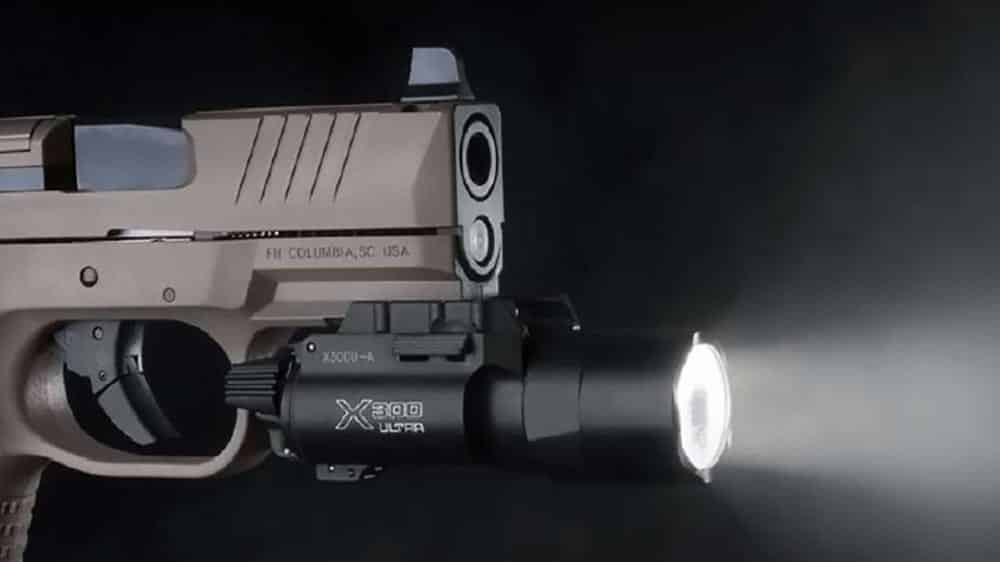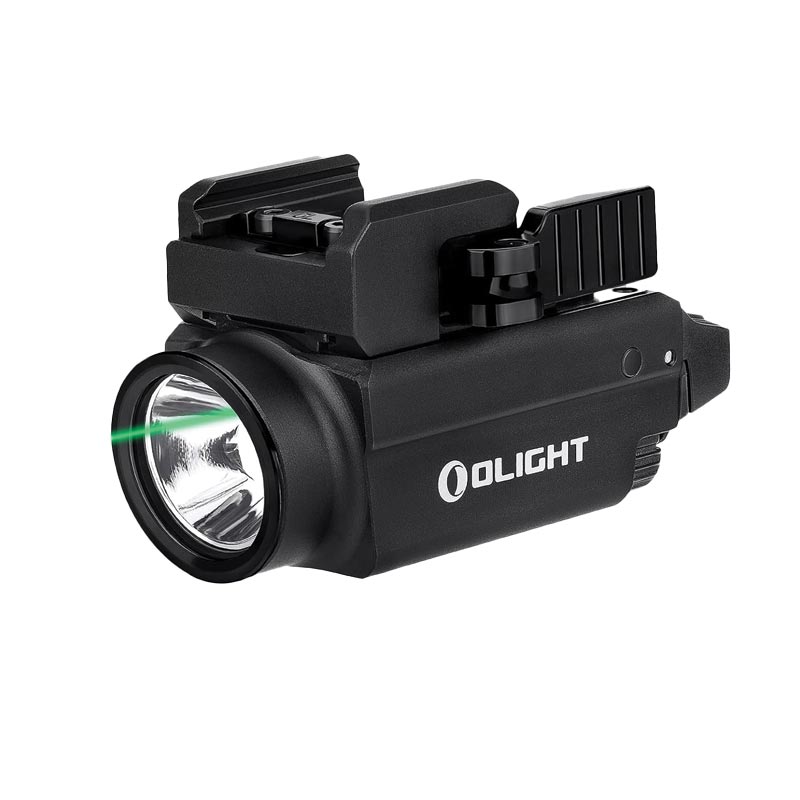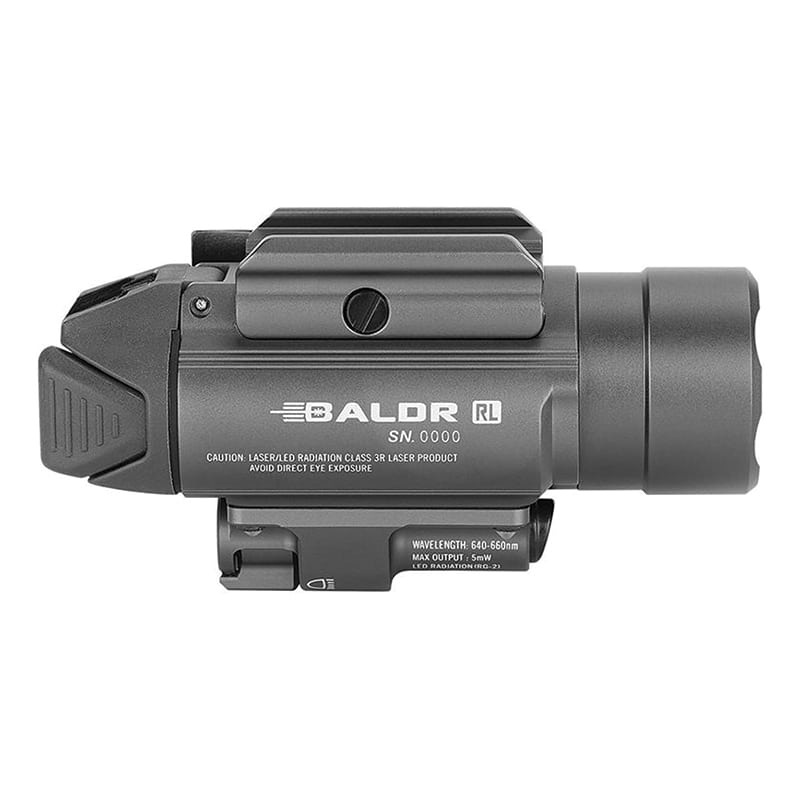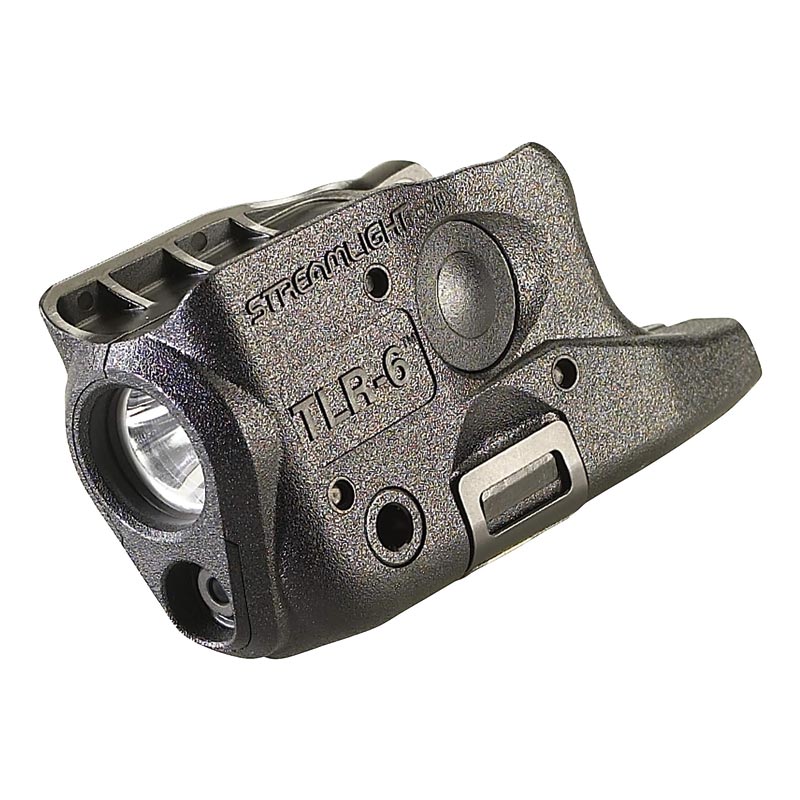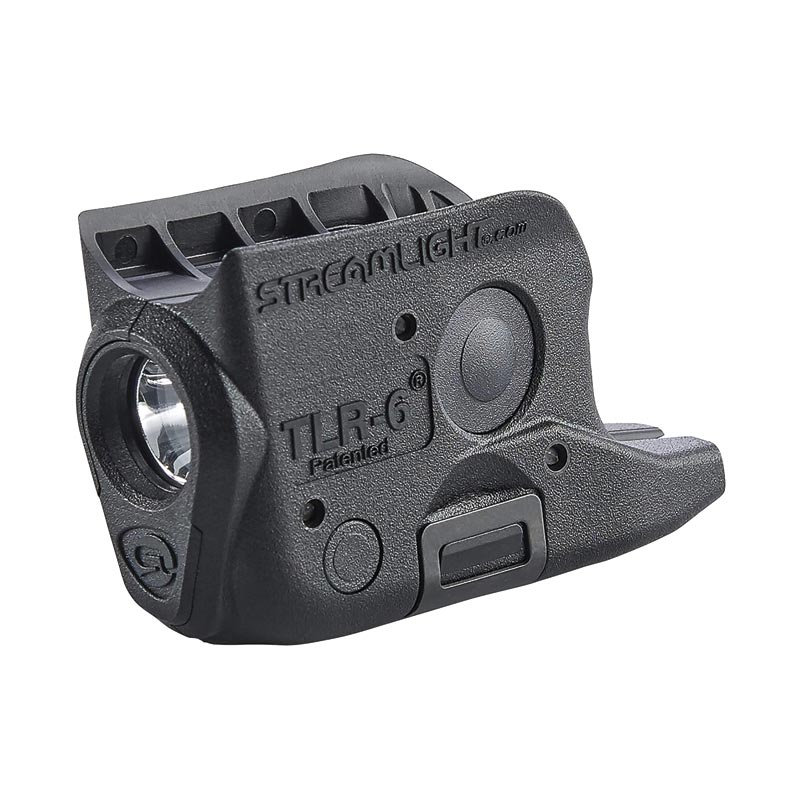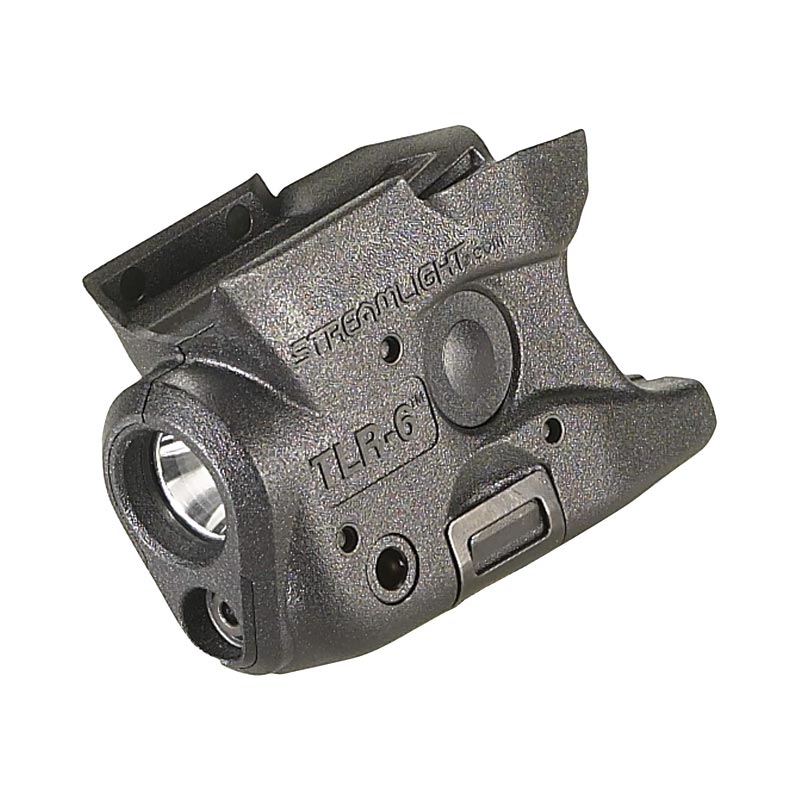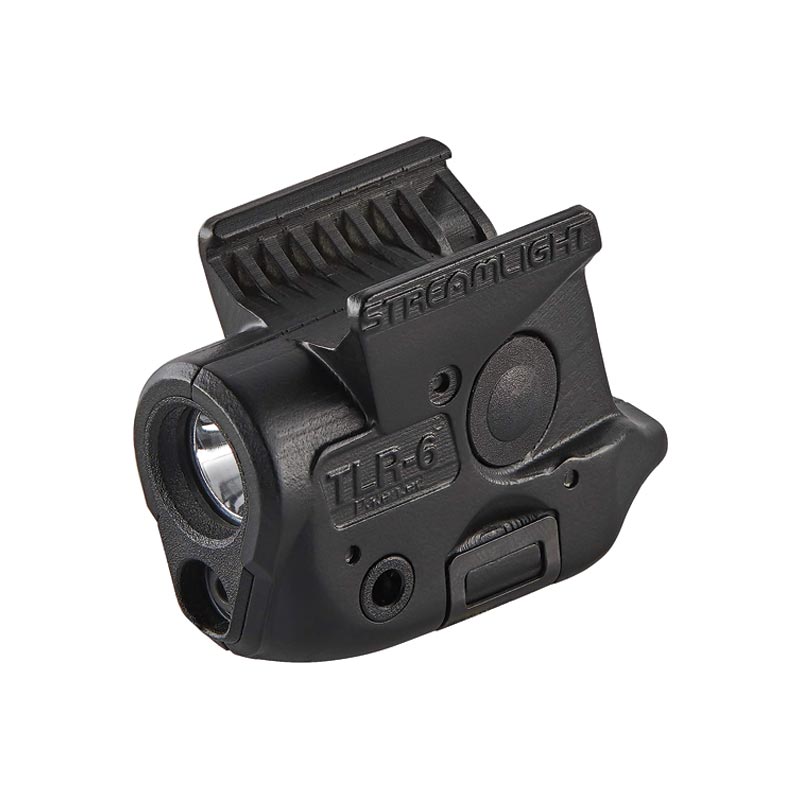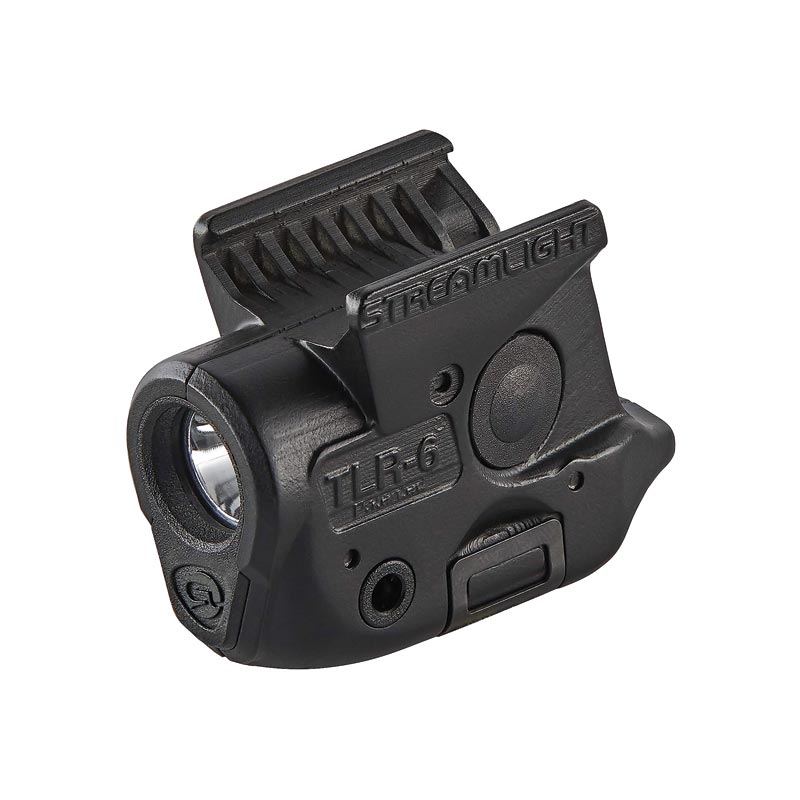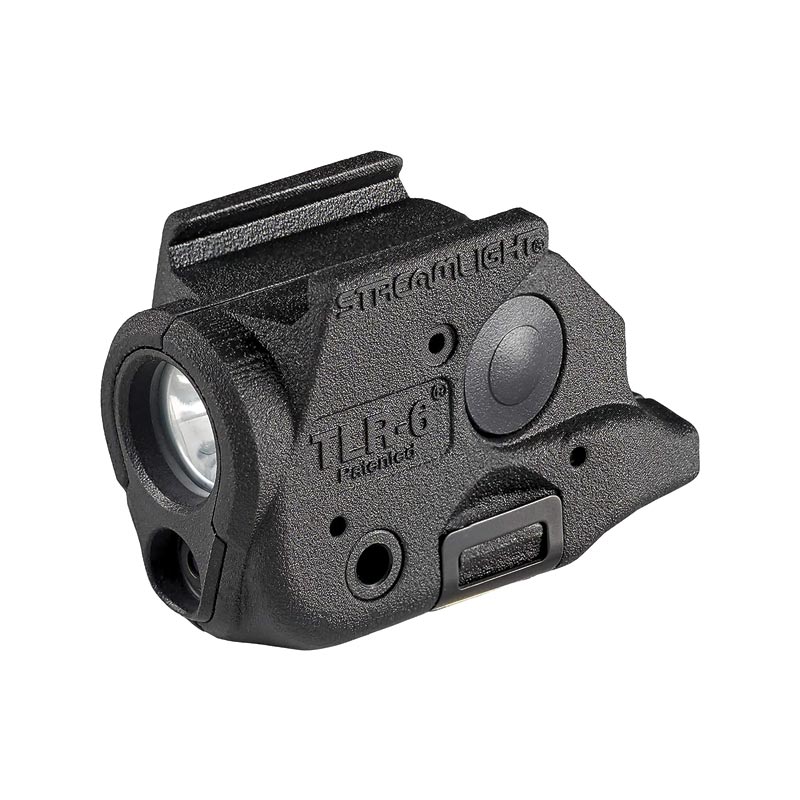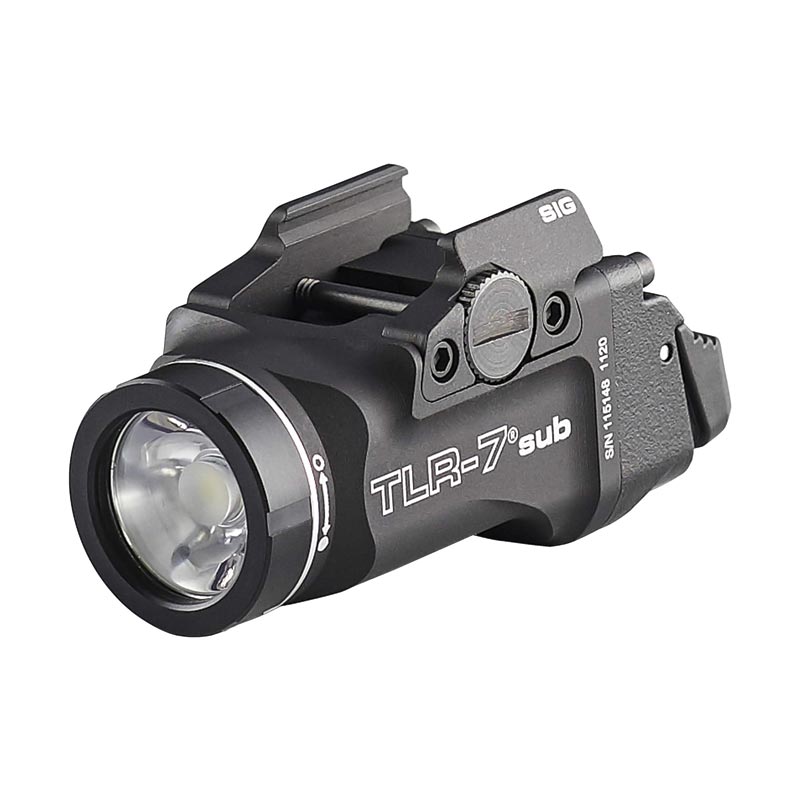Choosing to attach a light to your hidden carry gun isn’t as straightforward as it seems. It’s more of an intricate decision, one that wraps in what you prefer, how you plan on using the weapon, and even those special situations where you might need to use your firearm. Choosing to add a light to your firearm isn’t a one-size-fits-all choice. It boils down to whether you’re cool with the extra heft and size it brings along. But don’t forget, where you hang out often also plays a big part in this decision. For individuals who often traverse areas with poor lighting, such as parking lots or secluded streets at night, the benefits of a weapon-mounted light (WML) in identifying potential threats and making informed decisions can be substantial. But choosing to use such a tool also means you’ve got to be aware of the legal stuff tied to using these add-ons in self-defense situations. Plus, you have to keep up with regular training sessions – this makes sure you’re good at using it without risking your safety or losing any tactical edge.
Moreover, integrating light into your CCW setup introduces considerations related to holster compatibility, weapon handling, and maintenance requirements. The necessity to find a suitable holster that accommodates the light without sacrificing comfort or accessibility can be challenging. On top of that, throwing a light on your gun could mess with its balance and handling. That might just throw off your shot accuracy too. Beyond the initial cost of the light itself, ongoing expenses such as battery replacements and ensuring the device’s reliability must be factored into the decision-making process. For some, the peace of mind and enhanced preparedness offered by a weapon-mounted light justify these considerations, while others may prefer the simplicity and discretion of a firearm without added accessories, opting instead for alternative solutions like carrying a separate tactical flashlight to aid in low-light situations.
Pros and Cons of A Gun With A Laser and Light
ADVANTAGES
Intimidation Factor
The presence of a laser or light can act as a deterrent, as it makes the threat aware that they are targeted.
Identification of Threats (Light)
A light allows you to positively identify potential threats in low-light conditions. Getting it right matters; you don’t want to make the grave mistake of mistaking an innocent person for a threat.
Tactical Advantage (Light)
In a self-defense situation, especially in darkness, a flashlight can disorient an attacker, providing you with a tactical advantage.
Enhanced Accuracy (Laser)
Lasers can improve shooting accuracy, especially in high-stress situations where aiming down sights might be challenging.
Faster Target Acquisition (Laser)
Equipping a laser sight could swiftly tip the scales in your favor, offering rapid target engagement when it’s crunch time.
Legal and Moral Responsibility
Legally and morally, you’re responsible for every round you fire. Seeing your target clearly is key to taking on the responsibility for each shot you take.
Versatility
A light or laser can be used for more than just threat identification; it can be handy in various non-threatening situations where illumination is needed.
DISADVANTAGES:
Increased Size and Weight
Adding a light or laser increases the overall size and weight of your firearm, which can make concealed carry more challenging and less comfortable.
Holster Compatibility
With a light or laser attached, finding the right holster that accommodates both can be more difficult.
Potential Reliance
There’s a risk of becoming overly reliant on the light, which could be detrimental in situations where you can’t use it or it fails.
False Sense of Security
There’s a risk of developing a false sense of security with a laser sight, assuming that simply pointing the laser will neutralize a threat.
Reveals Position
In a tactical situation, a light or laser can give away your position, which could be a disadvantage.
Battery Life
Keeping your gear in top shape means you’ve got to stay on top of those battery levels, swapping them out when they start to lag.
Legal and Tactical Considerations
Certain areas have strict rules on laser sight use, and tactically speaking, you’ve got to watch out for the chance of getting blinded by your own light bouncing back at you.

